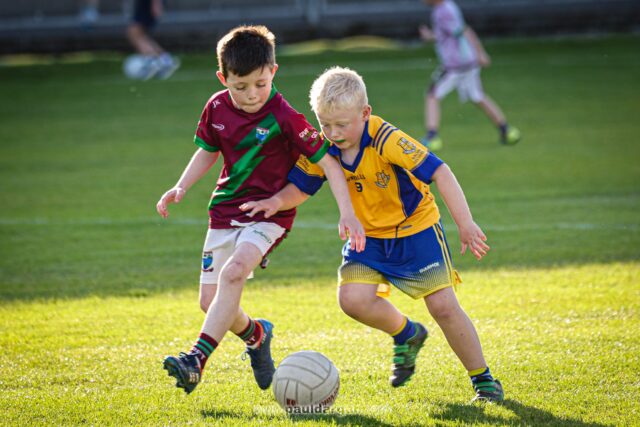In recent weeks, the Laois GAA Go Games have gotten underway – a series of regular hurling and football fixtures for clubs from U-7 to U-11.
The ethos of the Go Games is that they are non-competition games, where clubs play small-sided games with every player playing all the time.
U-7 and U-9 are played together in the same venue on Saturday mornings with U-11s on Thursday nights. Football began on Saturday week last, with the hurling on Saturday last, and they continue on alternate weeks.
Ahead of the start of this year’s Go Games, Laois GAA Head of Games Development Shane Keegan spoke to the clubs on a Microsoft Teams call and explained some of the changes around how these age groups should be approached.
Among the key regulations are around how many players should be on a team, pitch size, the length of matches and on team selection, which is the biggest change.
With the ultimate aim of maximising how often a player touches the ball, clubs are being told to play the older children in an age group against each other and the younger children against each other.
Practically, this essentially means putting the 2013 born children on one team and 2014 born on another at U-11 level. The same is to be the case at U-9 and U-7.
Keegan says that whereas previously the Go Games were recommendations, now they are regulations.
And he says that Laois GAA Coaching and Games personnel will be monitoring the fixtures to ensure that clubs are compliant. Clubs that don’t follow the regulations will not be invited to participate in events like the O’Moore Park Experience night.
“In previous years, this was called Go Games ‘recommendations’,” Keegan told the club coaches.
“We have now gone away from that. We are calling it Go Games ‘regulations’.
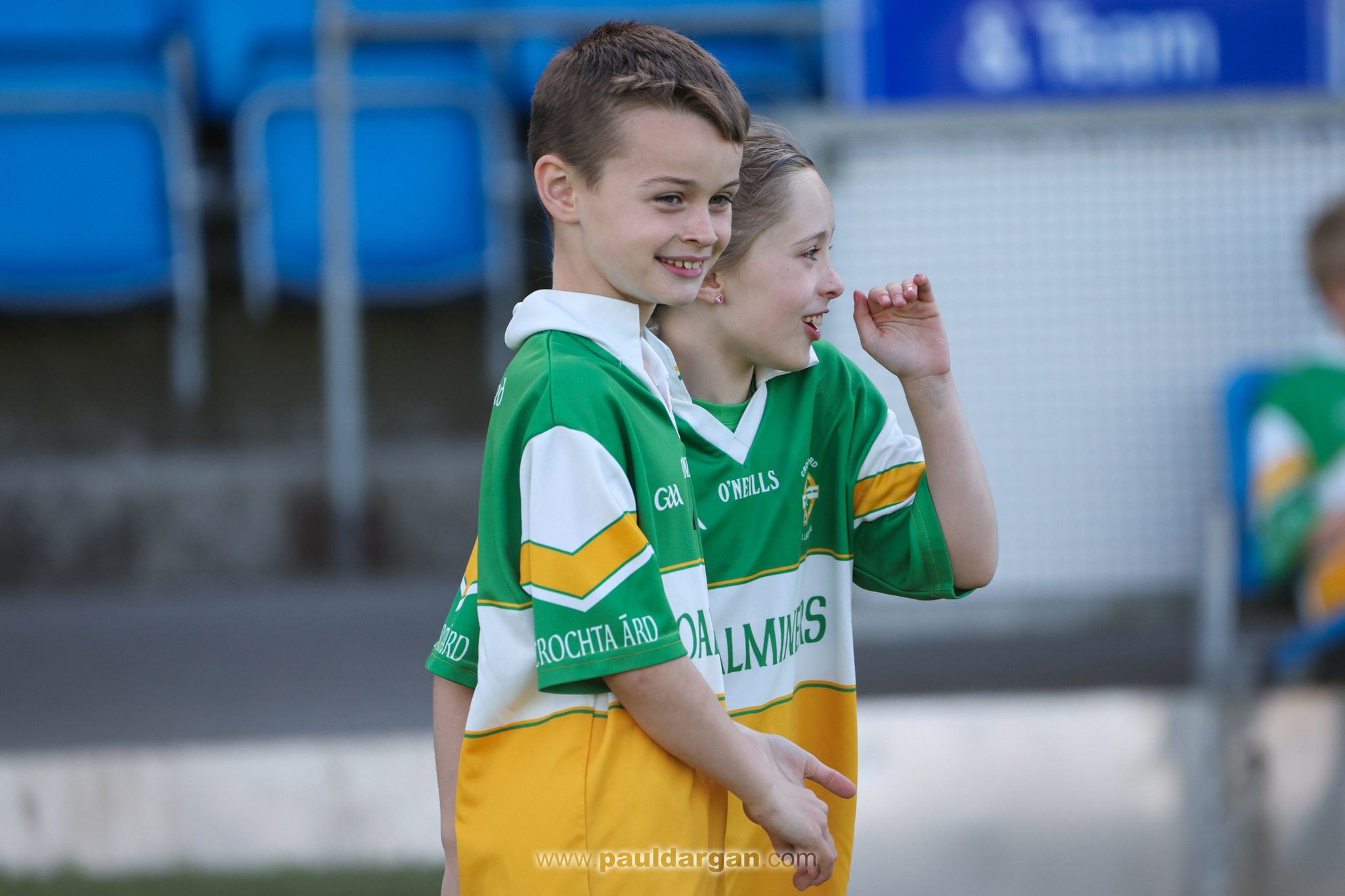
“The reason we are doing that is because when they were recommendations, there was still a minority who were saying to themselves, ‘we know best, we’re going to do it our way’. These are now regulations – hard and fast.”
And Keegan reiterated that all the regulations are aimed at ensuring small-sided games at all times, aimed at getting children on the ball as often as possible.
He said that team sizes that were too large – or smaller kids playing with bigger kids – was leading to situations where players were on the pitches but not involved to any great extent.
“They literally could spend an hour on the pitch at a Go Games game but they might be lucky if they need a second hand to count the amount of times they have come in contact with the ball,” he said.
“That is an absolute disaster for us. That is why we need to look at the size of the pitch, the amount we are playing a side, how we are splitting up our teams so that everybody, including the players who are not as developed right now, are getting an opportunity to get on the ball and to improve.”
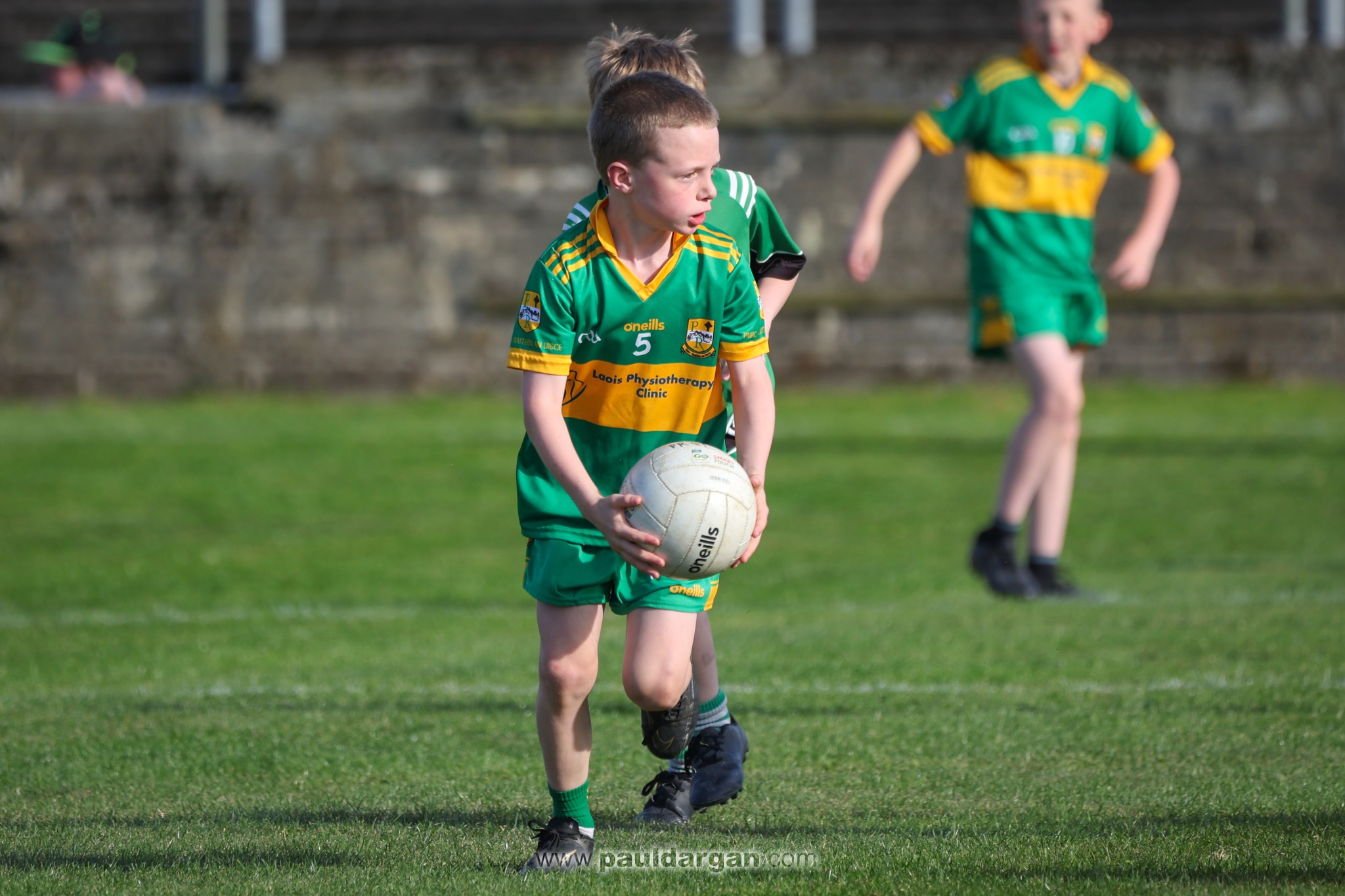
Non-competitive
While the games are non-competitive, with no teams being knocked out or advancing to finals, Keegan says that the competitive side of children is a natural thing. “The kids themselves are going to be competitive, of course they are,” he said.
“And not for a minute should anyone be trying to coach that competitiveness out of them. They are going to be trying to win every ball. They’re going to want to get every score, win every match and we don’t want to change that.
“We want to keep a lid on it and don’t want things boiling over and don’t want them getting upset when they don’t win – but by and large being competitive is a good thing.
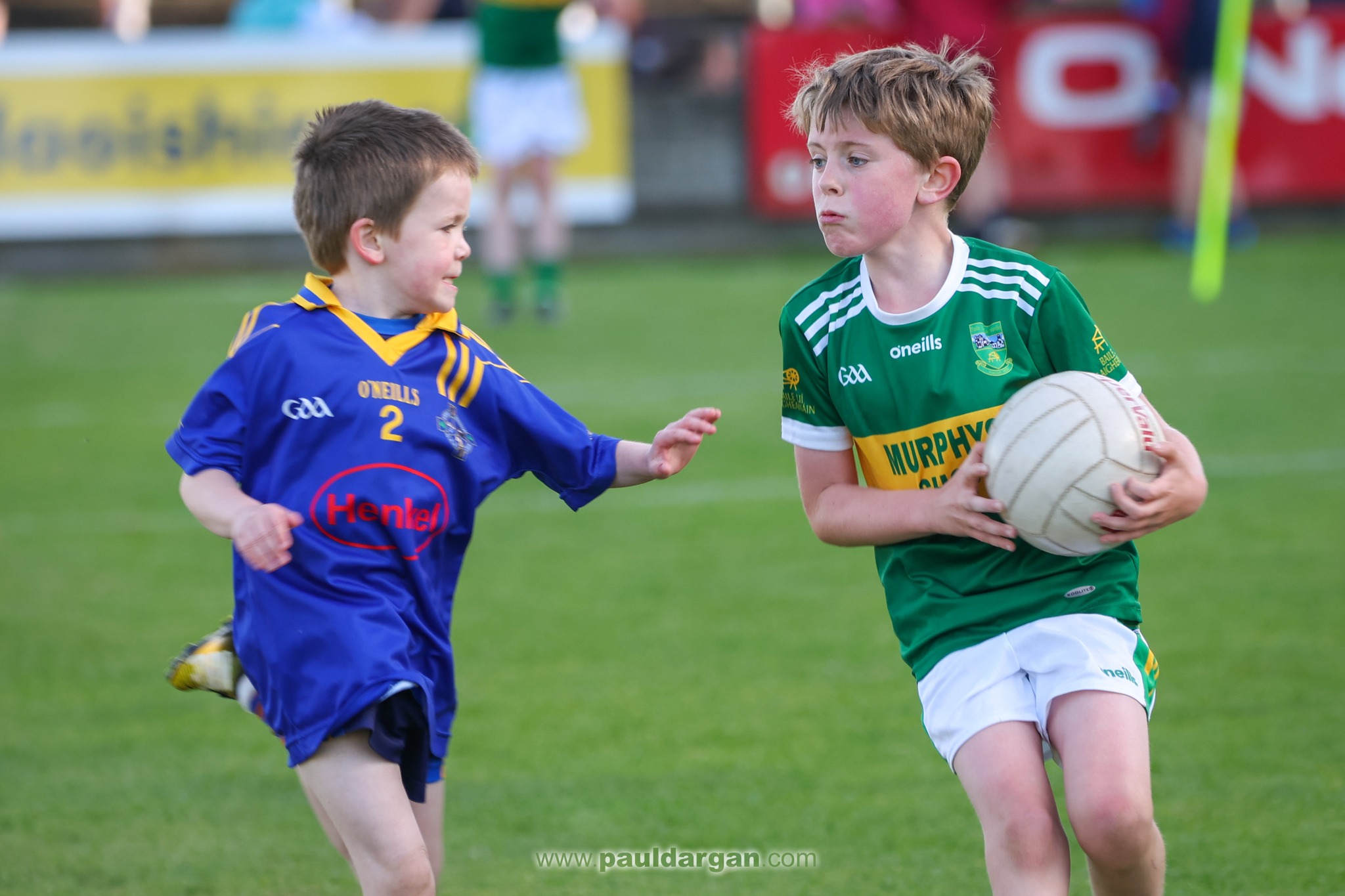
“The reason the non-competitive was brought in, or reiterated, was because – it was aimed at ye as coaches. The simple fact was that up and down the country, you did have U-11 Go Games coaches who were treating the U-11 Go Games as the be all and end all of their week.
“If you are that concerned about whether your team wins in an U-11 Go Games, then really the only reason is to feed your ego and that you want to say that your U-11 team is great and they beat the neighbouring parish by this much. There is just no place for it at this level. None.
“Go off and train the juniors or seniors or minors but you cannot bring that approach to Go Games.”
Team sizes for small sided games.
- U-11 – 8 v 8 up to 10 v 10 but ideally 9 v 9.
- U-9 – 6 v 6 up to 8 v 8 but ideally 7 v 7.
- U-7 – 4 v 4 up to 6 v 6 but ideally 5 v 5.
Different team sizes are in place for the different age groups.
“All the research shows, with smaller numbers, there are far more opportunities to get touches in,” explains Keegan.
“If you have 16 players turning up to an U-11 game, you do not play 12-a-side with four subs.
“Very simply you play two games of 8 v 8. It couldn’t be more straight forward. That’s what we need every club, coach and mentor buying into and implementing.”
Though there can be challenges where clubs have vastly different numbers, by and large clubs should go to all lengths to get the small-sided numbers in operation.
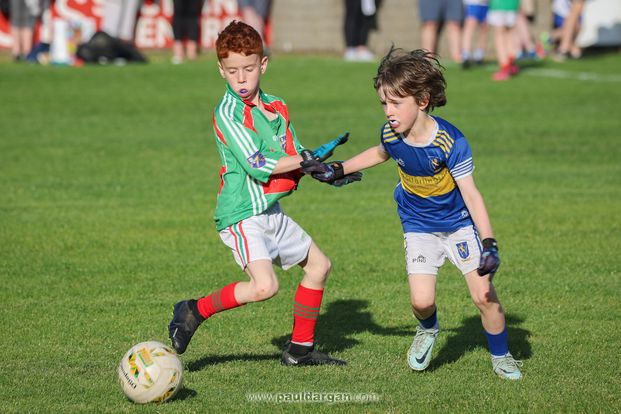
Kickouts/puckouts
Ensuring there is space for players to kick/puck the ball out is important – and all players must be ten strides away from the keeper when they are restarting the game.
He said: “Nothing’s worse than the goalkeeper getting crowded and the ball is barely going out and next thing the ball is coming straight back at them.
“We want to give the goalie an opportunity to give a good puckout or kickout so we’re getting the ball down around the middle of the field where we want our players going out and fighting for it”.
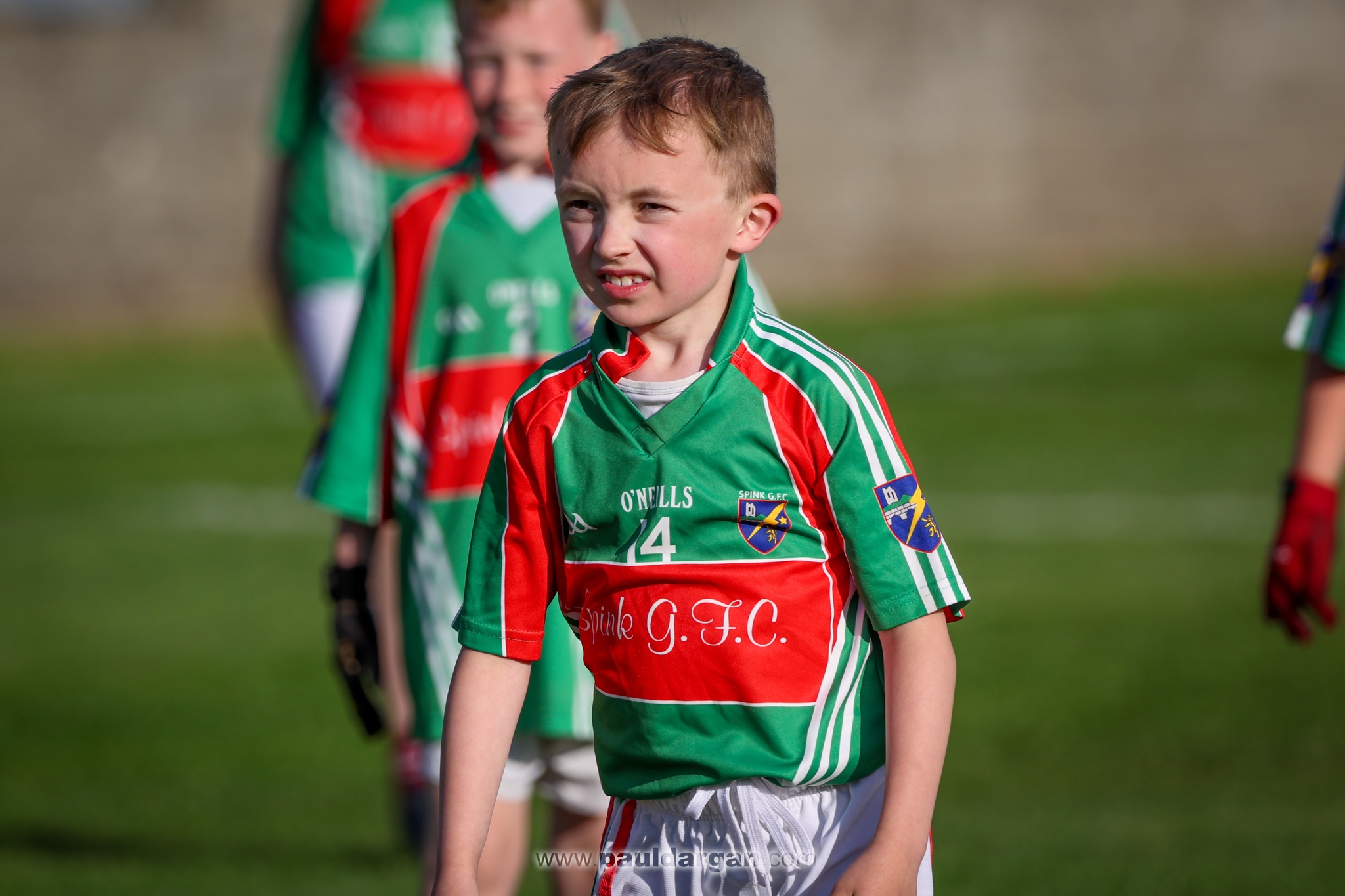
Player fouled takes the free
This rule is for both football and hurling. Keegan said “we want to be able to develop this skill set with all our players”
“We don’t waste any time by moving players around the pitch to be taking frees.”
While he said that this would speed up the game, he also argued: “We shouldn’t have to be dragging a fella down the field or up the field to stand over a free in a game where we shouldn’t be keeping score anyway.”
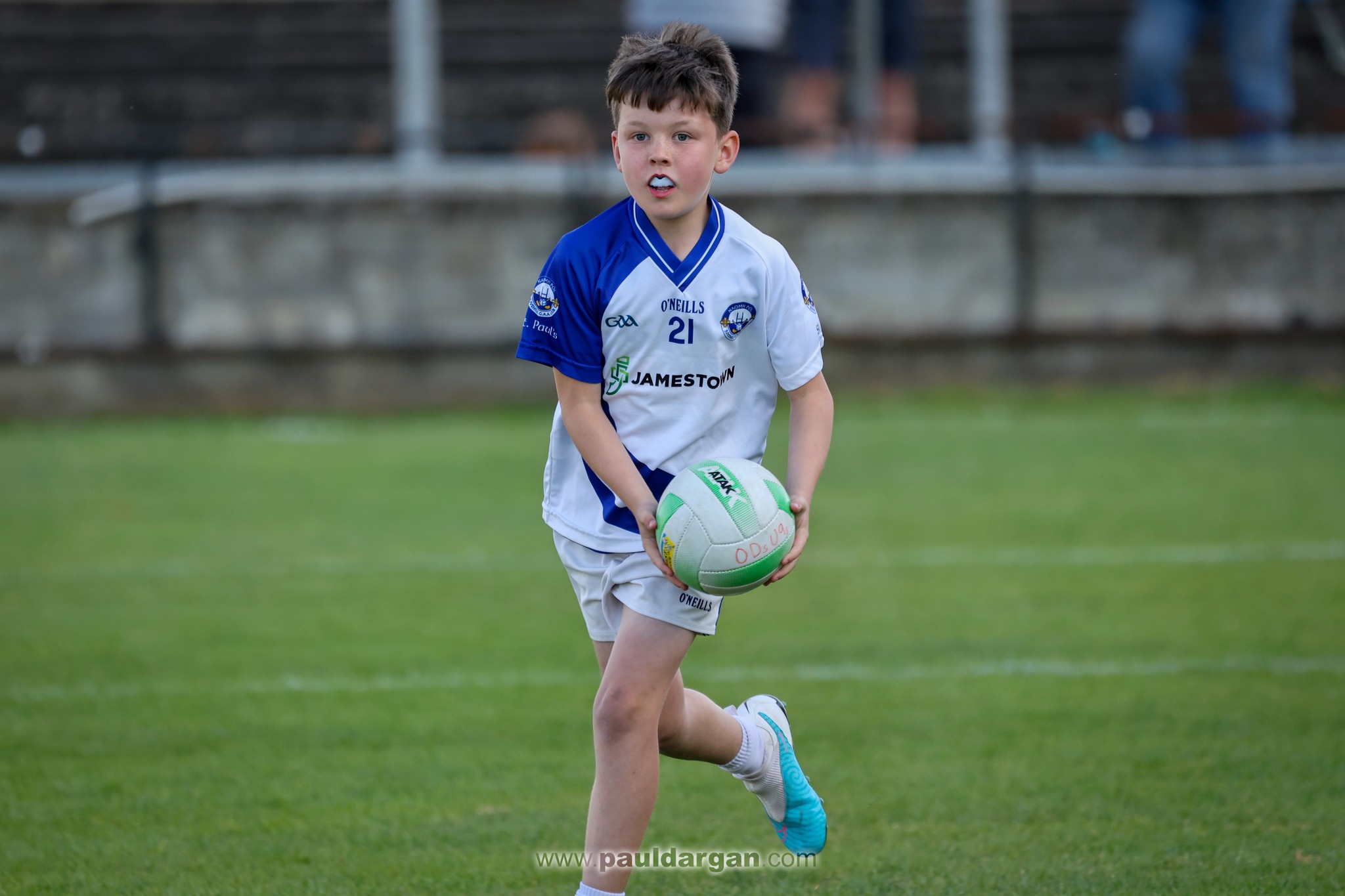
Team selection – by age
Whereas previously clubs generally split their teams randomly, now they are being told to split by age – with a little bit of leeway.
“This is probably the one that is going to be most contentious, in the short term anyway,” concedes Keegan. “But I’m looking for you to roll with me on it.”
Speaking on the U-11 meeting, Keegan said “you may have a 2014 born kid who is a very physically or technically developed kid and you feel it is no benefit to them to be on the 2014 pitch – we’re going to bump him up. Fire ahead.”
“Likewise the other way around. You could have a 2013 born kid who is very small, gets smothered up by the other kids, mightn’t be as technically developed yet and might be a bit newer to the game, might have only come to the club in the last year or two. If you want to move them over to the 2013 born pitch, give them a chance to shine, you can.
“All the research shows that kids want to be put up against kids of a similar standard, similar size. Last thing they want is to be put on a pitch where three or four of their team mates and three or four of their opponents (are dominating).
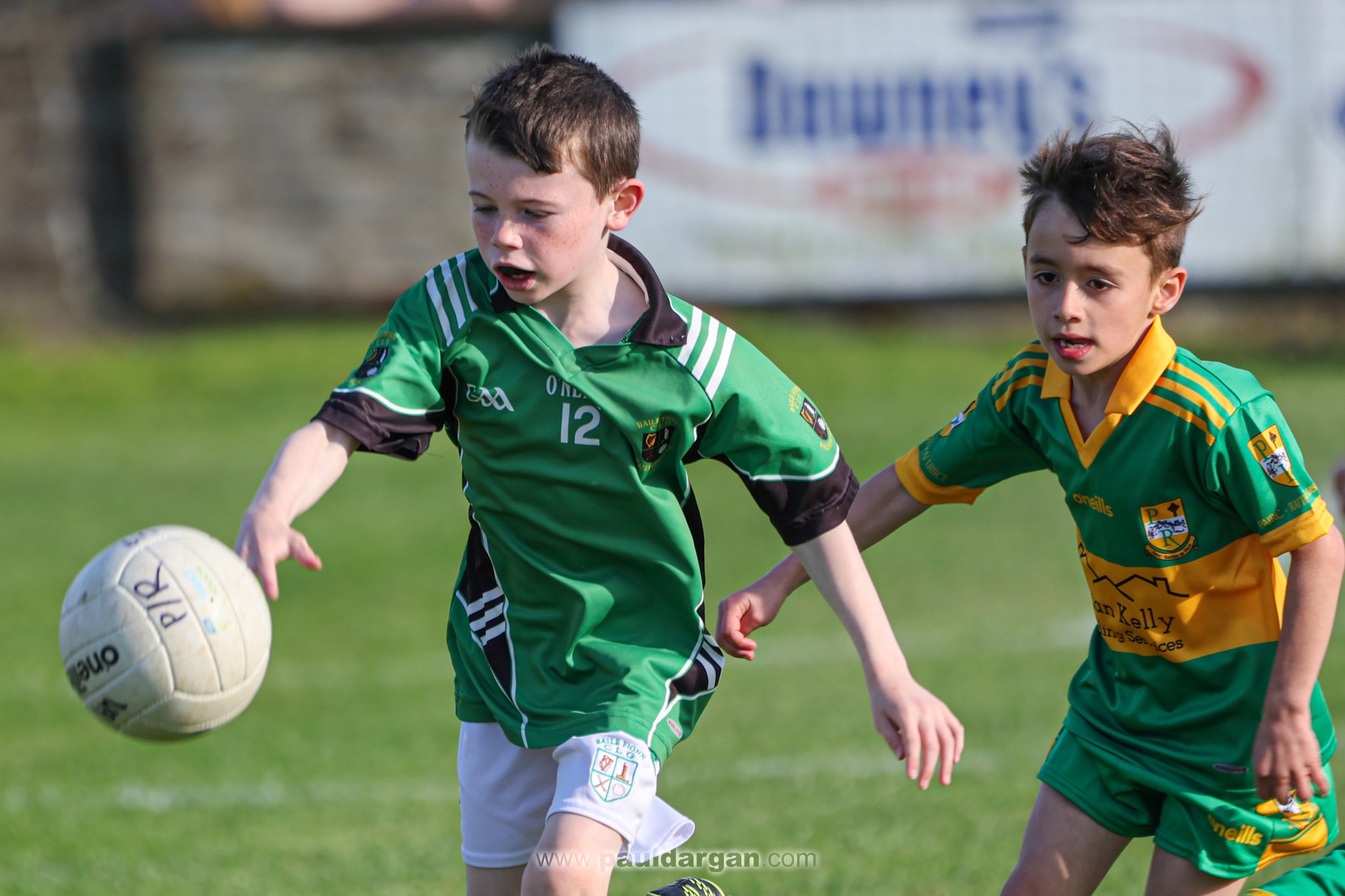
“They don’t want to be put up against players that very obviously stronger or weaker.
“I know up to now there has been a little bit of hesitancy to go this way has been down to a fear of a backlash from parents. ‘You’re putting my kid with the weaker team’ and all that type of thing. Just blame me, blame Donie Brennan, blame Ross Young (the Go Game co-ordinators).
“Let us take the rap for it. You just say you are implementing the guidelines and rules that are being handed down from above.
“What I have found is it always the adults that have a problem with this – far more so than the kids.
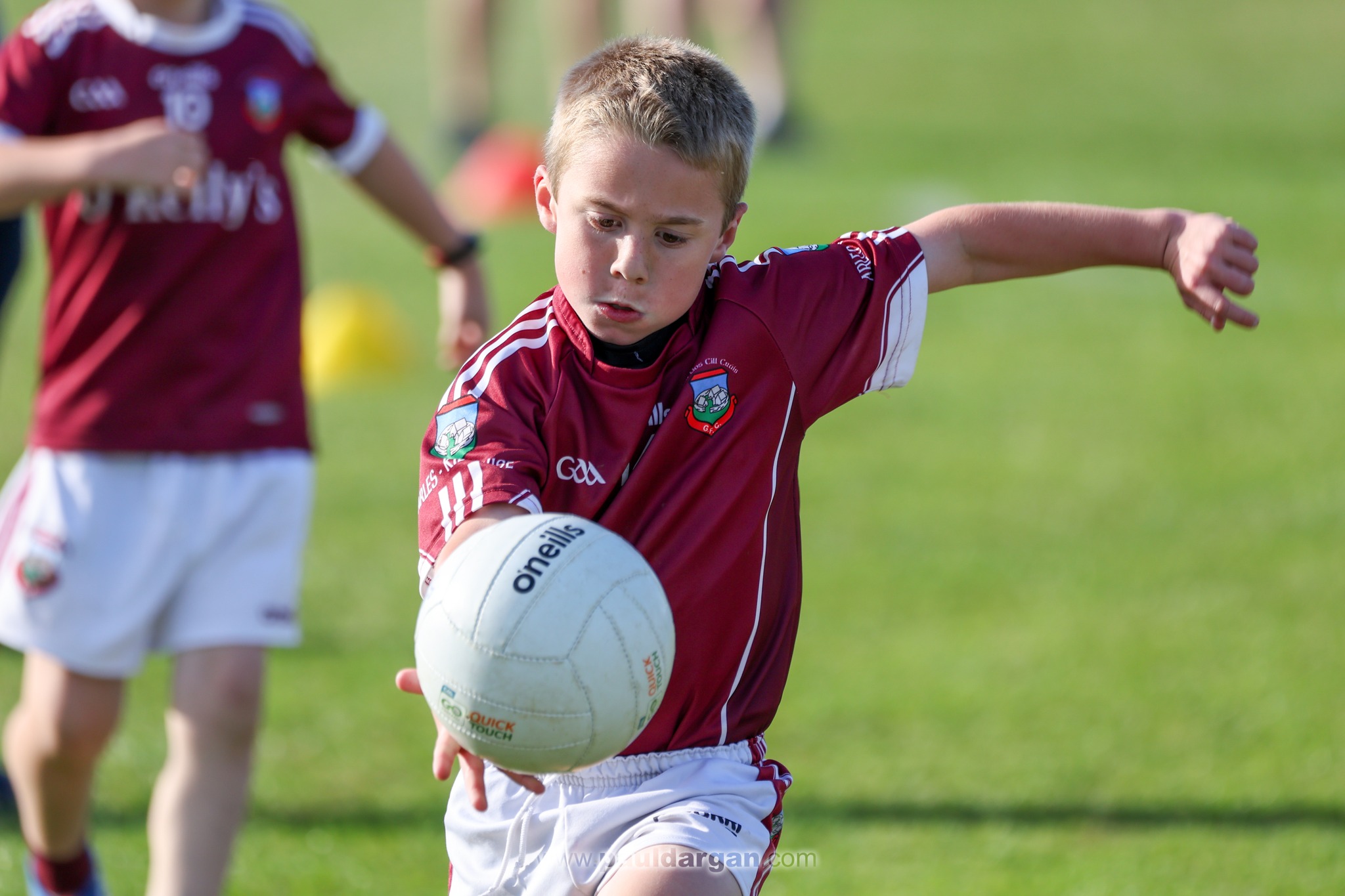
“There is a bit of leeway for common sense but it has got to be leeway for the one or two. Olders on one pitch, youngers on another, all getting a chance to play against people of the same age group as them.
“If this doesn’t work, I have no problem backing away from it when we get to the end of June when we look at how we’re going to do it for the second half of the year. But I want you all to give it a try.”
SEE ALSO – Check out all our latest local sports coverage here











